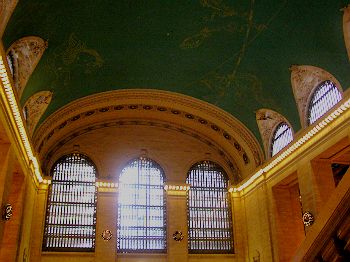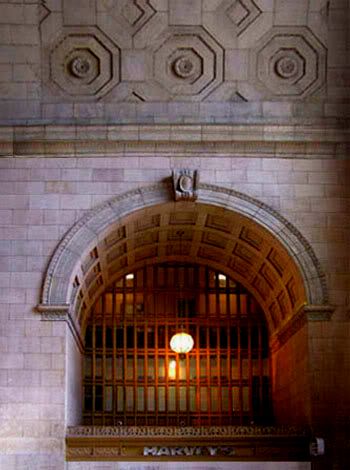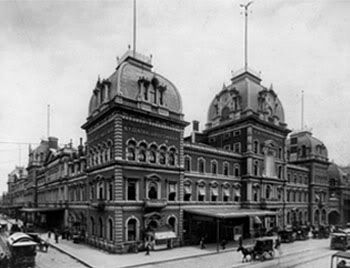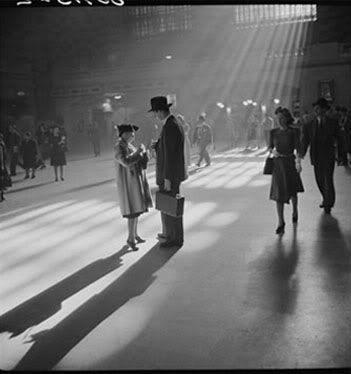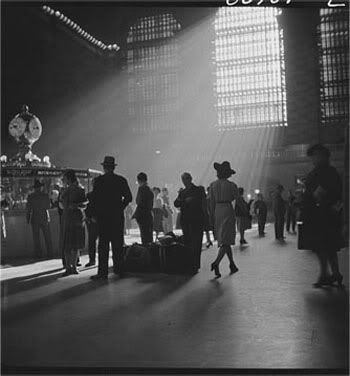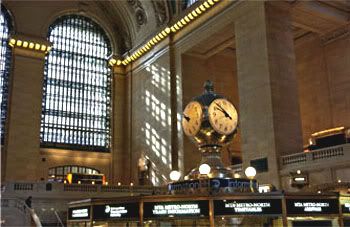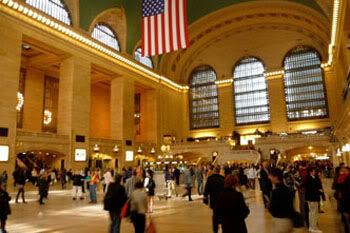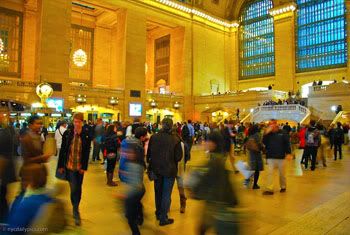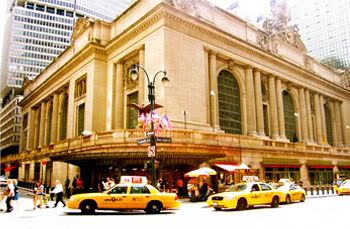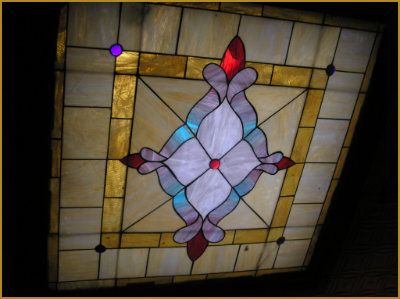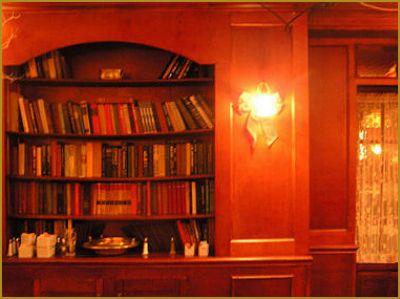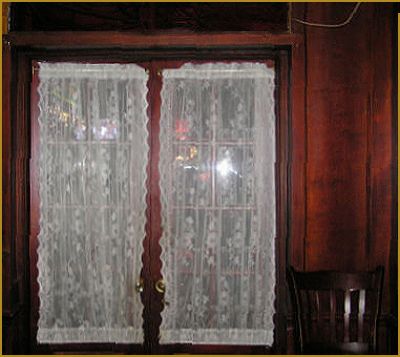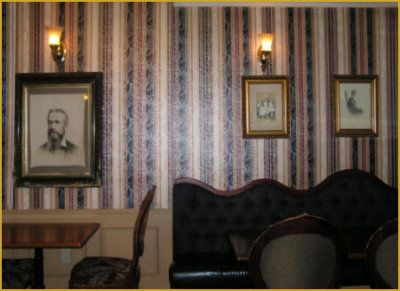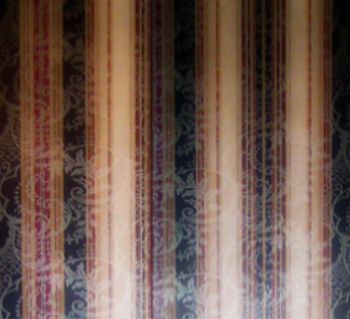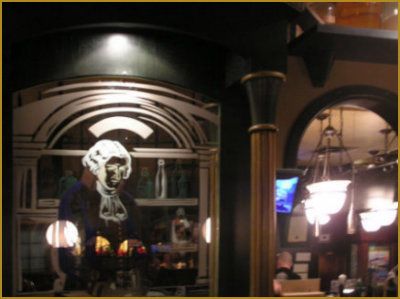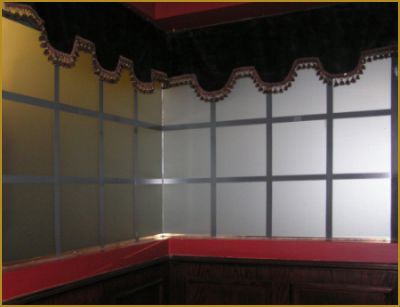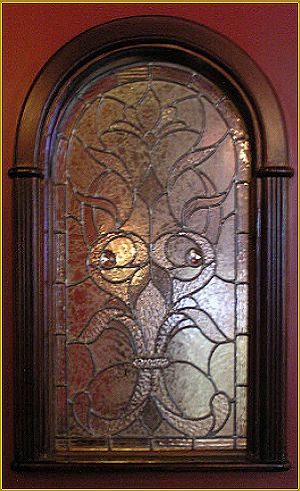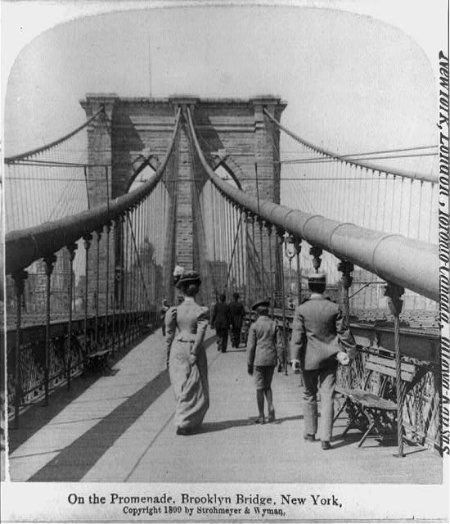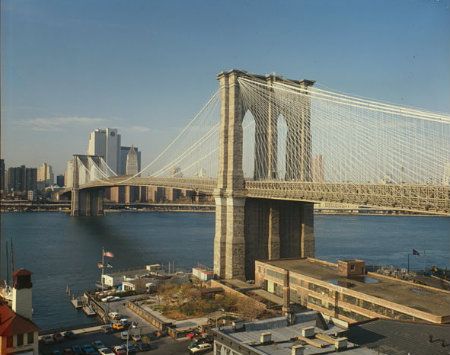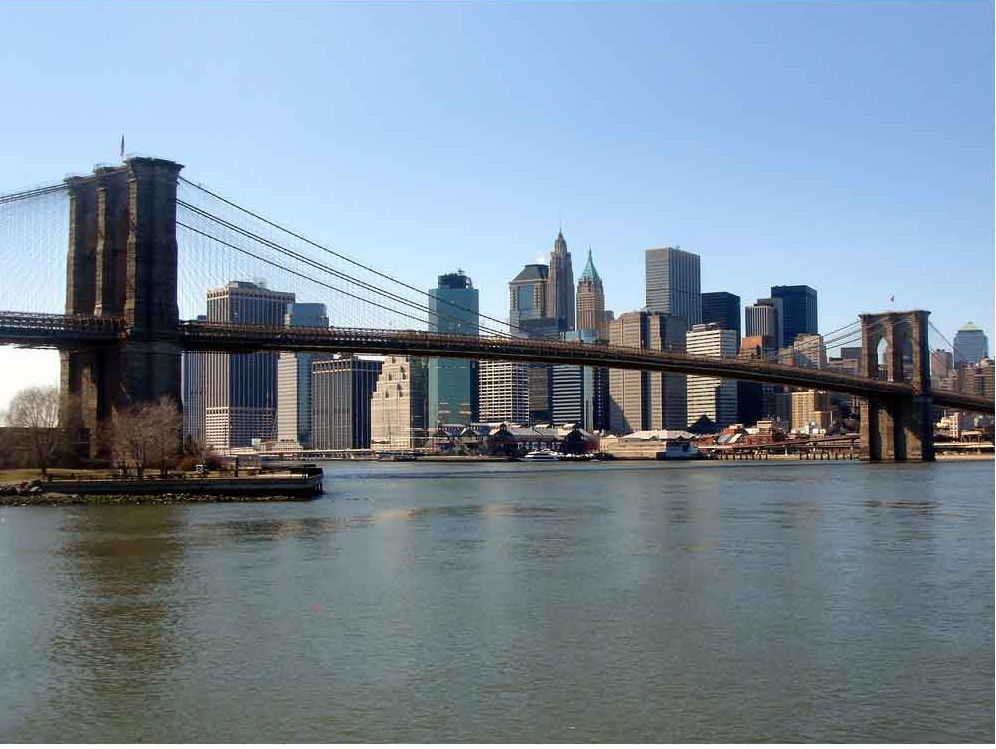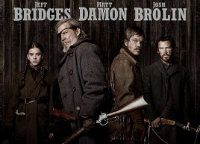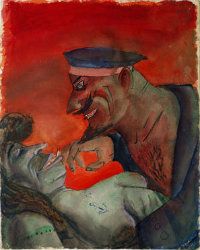Otto Dix
Sailor and girl
Watercolour
1926
61 x 48.5 cm
ROGER SCRUTON
Beauty and Desecration
City Journal, Vol. 19, No. 2, 2009.
At any time between 1750 and 1930, if you had asked an educated person to describe the goal of poetry, art, or music, “beauty” would have been the answer. And if you had asked what the point of that was, you would have learned that beauty is a value, as important in its way as truth and goodness, and indeed hardly distinguishable from them. Philosophers of the Enlightenment saw beauty as a way in which lasting moral and spiritual values acquire sensuous form. And no Romantic painter, musician, or writer would have denied that beauty was the final purpose of his art......
At some time during the aftermath of modernism, beauty ceased to receive those tributes. Art increasingly aimed to disturb, subvert, or transgress moral certainties, and it was not beauty but originality—however achieved and at whatever moral cost—that won the prizes. Indeed, there arose a widespread suspicion of beauty as next in line to kitsch—something too sweet and inoffensive for the serious modern artist to pursue. In a seminal essay—“Avant-Garde and Kitsch,” published in Partisan Review in 1939—critic Clement Greenberg starkly contrasted the avant-garde of his day with the figurative painting that competed with it, dismissing the latter (not just Norman Rockwell, but greats like Edward Hopper) as derivative and without lasting significance. The avant-garde, for Greenberg, promoted the disturbing and the provocative over the soothing and the decorative, and that was why we should admire it.
The value of abstract art, Greenberg claimed, lay not in beauty but in expression. This emphasis on expression was a legacy of the Romantic movement; but now it was joined by the conviction that the artist is outside bourgeois society, defined in opposition to it, so that artistic self-expression is at the same time a transgression of ordinary moral norms. We find this posture overtly adopted in the art of Austria and Germany between the wars—for example, in the paintings and drawings of Georg Grosz, in Alban Berg’s opera Lulu (a loving portrait of a woman whose only discernible goal is moral chaos), and in the seedy novels of Heinrich Mann. And the cult of transgression is a leading theme of the postwar literature of France—from the writings of Georges Bataille, Jean Genet, and Jean-Paul Sartre to the bleak emptiness of the nouveau roman.
Of course, there were great artists who tried to rescue beauty from the perceived disruption of modern society—as T. S. Eliot tried to recompose, in Four Quartets, the fragments he had grieved over in The Waste Land. And there were others, particularly in America, who refused to see the sordid and the transgressive as the truth of the modern world. For artists like Hopper, Samuel Barber, and Wallace Stevens, ostentatious transgression was mere sentimentality, a cheap way to stimulate an audience, and a betrayal of the sacred task of art, which is to magnify life as it is and to reveal its beauty—as Stevens reveals the beauty of “An Ordinary Evening in New Haven” and Barber that of Knoxville: Summer of 1915. But somehow those great life-affirmers lost their position at the forefront of modern culture. So far as the critics and the wider culture were concerned, the pursuit of beauty was at the margins of the artistic enterprise. Qualities like disruptiveness and immorality, which previously signified aesthetic failure, became marks of success; while the pursuit of beauty became a retreat from the real task of artistic creation. This process has been so normalized as to become a critical orthodoxy, prompting the philosopher Arthur Danto to argue recently that beauty is both deceptive as a goal and in some way antipathetic to the mission of modern art. Art has acquired another status and another social role.
The great proof of this change is in the productions of opera, which give the denizens of postmodern culture an unparalleled opportunity to take revenge on the art of the past and to hide its beauty behind an obscene and sordid mask. We all assume that this will happen with Wagner, who “asked for it” by believing too strongly in the redemptive role of art. But it now regularly happens to the innocent purveyors of beauty, just as soon as a postmodernist producer gets his hands on one of their works.
An example that particularly struck me was a 2004 production of Mozart’s Die Entführung aus dem Serail at the Komische Oper Berlin (see “The Abduction of Opera,” Summer 2007). Die Entführung tells the story of Konstanze—shipwrecked, separated from her fiancé Belmonte, and taken to serve in the harem of the Pasha Selim. After various intrigues, Belmonte rescues her, helped by the clemency of the Pasha—who, respecting Konstanze’s chastity and the couple’s faithful love, declines to take her by force. This implausible plot permits Mozart to express his Enlightenment conviction that charity is a universal virtue, as real in the Muslim empire of the Turks as in the Christian empire of the enlightened Joseph II. Even if Mozart’s innocent vision is without much historical basis, his belief in the reality of disinterested love is everywhere expressed and endorsed by the music. Die Entführung advances a moral idea, and its melodies share the beauty of that idea and persuasively present it to the listener.
In his production of Die Entführung, the Catalan stage director Calixto Bieito set the opera in a Berlin brothel, with Selim as pimp and Konstanze one of the prostitutes. Even during the most tender music, copulating couples littered the stage, and every opportunity for violence, with or without a sexual climax, was taken. At one point, a prostitute is gratuitously tortured, and her nipples bloodily and realistically severed before she is killed. The words and the music speak of love and compassion, but their message is drowned out by the scenes of desecration, murder, and narcissistic sex.
That is an example of something familiar in every aspect of our contemporary culture. It is not merely that artists, directors, musicians, and others connected with the arts are in flight from beauty. Wherever beauty lies in wait for us, there arises a desire to preempt its appeal, to smother it with scenes of destruction. Hence the many works of contemporary art that rely on shocks administered to our failing faith in human nature—such as the crucifix pickled in urine by Andres Serrano. Hence the scenes of cannibalism, dismemberment, and meaningless pain with which contemporary cinema abounds, with directors like Quentin Tarantino having little else in their emotional repertories. Hence the invasion of pop music by rap, whose words and rhythms speak of unremitting violence, and which rejects melody, harmony, and every other device that might make a bridge to the old world of song. And hence the music video, which has become an art form in itself and is often devoted to concentrating into the time span of a pop song some startling new account of moral chaos.
Those phenomena record a habit of desecration in which life is not celebrated by art but targeted by it. Artists can now make their reputations by constructing an original frame in which to display the human face and throw dung at it. What do we make of this, and how do we find our way back to the thing so many people long for, which is the vision of beauty? It may sound a little sentimental to speak of a “vision of beauty.” But what I mean is not some saccharine, Christmas-card image of human life but rather the elementary ways in which ideals and decencies enter our ordinary world and make themselves known, as love and charity make themselves known in Mozart’s music. There is a great hunger for beauty in our world, a hunger that our popular art fails to recognize and our serious art often defies.........
I used the word “desecration” to describe the attitude conveyed by Bieito’s production of Die Entführung and by Serrano’s lame efforts at meaning something. What exactly does this word imply? It is connected, etymologically and semantically, with sacrilege, and therefore with the ideas of sanctity and the sacred. To desecrate is to spoil what might otherwise be set apart in the sphere of sacred things. We can desecrate a church, a graveyard, a tomb; and also a holy image, a holy book, or a holy ceremony. We can desecrate a corpse, a cherished image, even a living human being—insofar as these things contain (as they do) a portent of some original sanctity. The fear of desecration is a vital element in all religions. Indeed, that is what the word religio originally meant: a cult or ceremony designed to protect some sacred place from sacrilege.
In the eighteenth century, when organized religion and ceremonial kingship were losing their authority, when the democratic spirit was questioning inherited institutions, and when the idea was abroad that it was not God but man who made laws for the human world, the idea of the sacred suffered an eclipse. To the thinkers of the Enlightenment, it seemed little more than a superstition to believe that artifacts, buildings, places, and ceremonies could possess a sacred character, when all these things were the products of human design. The idea that the divine reveals itself in our world, and seeks our worship, seemed both implausible in itself and incompatible with science.
At the same time, philosophers like Shaftesbury, Burke, Adam Smith, and Kant recognized that we do not look on the world only with the eyes of science. Another attitude exists—one not of scientific inquiry but of disinterested contemplation—that we direct toward our world in search of its meaning. When we take this attitude, we set our interests aside; we are no longer occupied with the goals and projects that propel us through time; we are no longer engaged in explaining things or enhancing our power. We are letting the world present itself and taking comfort in its presentation. This is the origin of the experience of beauty. There may be no way of accounting for that experience as part of our ordinary search for power and knowledge. It may be impossible to assimilate it to the day-to-day uses of our faculties. But it is an experience that self-evidently exists, and it is of the greatest value to those who receive it.
When does this experience occur, and what does it mean? Here is an example: suppose you are walking home in the rain, your thoughts occupied with your work. The streets and the houses pass by unnoticed; the people, too, pass you by; nothing invades your thinking save your interests and anxieties. Then suddenly the sun emerges from the clouds, and a ray of sunlight alights on an old stone wall beside the road and trembles there. You glance up at the sky where the clouds are parting, and a bird bursts into song in a garden behind the wall. Your heart fills with joy, and your selfish thoughts are scattered. The world stands before you, and you are content simply to look at it and let it be.
Maybe such experiences are rarer now than they were in the eighteenth century, when the poets and philosophers lighted upon them as a new avenue to religion. The haste and disorder of modern life, the alienating forms of modern architecture, the noise and spoliation of modern industry—these things have made the pure encounter with beauty a rarer, more fragile, and more unpredictable thing for us. Still, we all know what it is to find ourselves suddenly transported, by the things we see, from the ordinary world of our appetites to the illuminated sphere of contemplation. It happens often during childhood, though it is seldom interpreted then. It happens during adolescence, when it lends itself to our erotic longings. And it happens in a subdued way in adult life, secretly shaping our life projects, holding out to us an image of harmony that we pursue through holidays, through home-building, and through our private dreams.
Here is another example: it is a special occasion, when the family unites for a ceremonial dinner. You set the table with a clean embroidered cloth, arranging plates, glasses, bread in a basket, and some carafes of water and wine. You do this lovingly, delighting in the appearance, striving for an effect of cleanliness, simplicity, symmetry, and warmth. The table has become a symbol of homecoming, of the extended arms of the universal mother, inviting her children in. And all this abundance of meaning and good cheer is somehow contained in the appearance of the table. This, too, is an experience of beauty, one that we encounter, in some version or other, every day. We are needy creatures, and our greatest need is for home—the place where we are, where we find protection and love. We achieve this home through representations of our own belonging, not alone but in conjunction with others. All our attempts to make our surroundings look right—through decorating, arranging, creating—are attempts to extend a welcome to ourselves and to those whom we love.
This second example suggests that our human need for beauty is not simply a redundant addition to the list of human appetites. It is not something that we could lack and still be fulfilled as people. It is a need arising from our metaphysical condition as free individuals, seeking our place in an objective world. We can wander through this world, alienated, resentful, full of suspicion and distrust. Or we can find our home here, coming to rest in harmony with others and with ourselves. The experience of beauty guides us along this second path: it tells us that we are at home in the world, that the world is already ordered in our perceptions as a place fit for the lives of beings like us.
Look at any picture by one of the great landscape painters—Poussin, Guardi, Turner, Corot, Cézanne—and you will see that idea of beauty celebrated and fixed in images. The art of landscape painting, as it arose in the seventeenth century and endured into our time, is devoted to moralizing nature and showing the place of human freedom in the scheme of things. It is not that landscape painters turn a blind eye to suffering, or to the vastness and threateningness of the universe of which we occupy so small a corner. Far from it. Landscape painters show us death and decay in the very heart of things: the light on their hills is a fading light; the stucco walls of Guardi’s houses are patched and crumbling. But their images point to the joy that lies incipient in decay and to the eternal implied in the transient. They are images of home.
Not surprisingly, the idea of beauty has puzzled philosophers. The experience of beauty is so vivid, so immediate, so personal, that it seems hardly to belong to the natural order as science observes it. Yet beauty shines on us from ordinary things. Is it a feature of the world, or a figment of the imagination? Is it telling us something real and true that requires just this experience to be recognized? Or is it merely a heightened moment of sensation, of no significance beyond the delight of the person who experiences it? These questions are of great urgency for us, since we live at a time when beauty is in eclipse: a dark shadow of mockery and alienation has crept across the once-shining surface of our world, like the shadow of the Earth across the moon. Where we look for beauty, we too often find darkness and desecration.
The current habit of desecrating beauty suggests that people are as aware as they ever were of the presence of sacred things. Desecration is a kind of defense against the sacred, an attempt to destroy its claims. In the presence of sacred things, our lives are judged, and to escape that judgment, we destroy the thing that seems to accuse us.
Christians have inherited from Saint Augustine and from Plato the vision of this transient world as an icon of another and changeless order. They understand the sacred as a revelation in the here and now of the eternal sense of our being. But the experience of the sacred is not confined to Christians. It is, according to many philosophers and anthropologists, a human universal. For the most part, transitory purposes organize our lives: the day-to-day concerns of economic reasoning, the small-scale pursuit of power and comfort, the need for leisure and pleasure. Little of this is memorable or moving to us. Every now and then, however, we are jolted out of our complacency and feel ourselves to be in the presence of something vastly more significant than our present interests and desires. We sense the reality of something precious and mysterious, which reaches out to us with a claim that is, in some way, not of this world. This happens in the presence of death, especially the death of someone loved. We look with awe on the human body from which the life has fled. This is no longer a person but the “mortal remains” of a person. And this thought fills us with a sense of the uncanny. We are reluctant to touch the dead body; we see it as, in some way, not properly a part of our world, almost a visitor from some other sphere.
This experience, a paradigm of our encounter with the sacred, demands from us a kind of ceremonial recognition. The dead body is the object of rituals and acts of purification, designed not just to send its former occupant happily into the hereafter—for these practices are engaged in even by those who have no belief in the hereafter—but in order to overcome the eeriness, the supernatural quality, of the dead human form. The body is being reclaimed for this world by the rituals that acknowledge that it also stands apart from it. The rituals, to put it another way, consecrate the body, and so purify it of its miasma. By the same token, the body can be desecrated—and this is surely one of the primary acts of desecration, one to which people have been given from time immemorial, as when Achilles dragged Hector’s body in triumph around the walls of Troy.
The presence of a transcendental claim startles us out of our day-to-day preoccupations on other occasions, too. In particular, there is the experience of falling in love. This, too, is a human universal, and it is an experience of the strangest kind. The face and body of the beloved are imbued with the intensest life. But in one crucial respect, they are like the body of someone dead: they seem not to belong in the empirical world. The beloved looks on the lover as Beatrice looked on Dante, from a point outside the flow of temporal things. The beloved object demands that we cherish it, that we approach it with almost ritualistic reverence. And there radiates from those eyes and limbs and words a kind of fullness of spirit that makes everything anew.
Poets have expended thousands of words on this experience, which no words seem entirely to capture. It has fueled the sense of the sacred down the ages, reminding people as diverse as Plato and Calvino, Virgil and Baudelaire, that sexual desire is not the simple appetite that we witness in animals but the raw material of a longing that has no easy or worldly satisfaction, demanding of us nothing less than a change of life.
Many of the uglinesses cultivated in our world today refer back to the two experiences that I have singled out. The body in the throes of death; the body in the throes of sex—these things easily fascinate us. They fascinate us by desecrating the human form, by showing the human body as a mere object among objects, the human spirit as eclipsed and ineffectual, and the human being as overcome by external forces, rather than as a free subject bound by the moral law. And it is on these things that the art of our time seems to concentrate, offering us not only sexual pornography but a pornography of violence that reduces the human being to a lump of suffering flesh made pitiful, helpless, and disgusting.
All of us have a desire to flee from the demands of responsible existence, in which we treat one another as worthy of reverence and respect. All of us are tempted by the idea of flesh and by the desire to remake the human being as pure flesh—an automaton, obedient to mechanical desires. To yield to this temptation, however, we must first remove the chief obstacle to it: the consecrated nature of the human form. We must sully the experiences—such as death and sex—that otherwise call us away from temptations, toward the higher life of sacrifice. This willful desecration is also a denial of love—an attempt to remake the world as though love were no longer a part of it. And that, surely, is the most important characteristic of the postmodern culture: it is a loveless culture, determined to portray the human world as unlovable. The modern stage director who ransacks the works of Mozart is trying to tear the love from the heart of them, so as to confirm his own vision of the world as a place where only pleasure and pain are real.
That suggests a simple remedy, which is to resist temptation. Instead of desecrating the human form, we should learn again to revere it. For there is absolutely nothing to gain from the insults hurled at beauty by those—like Calixto Bieito—who cannot bear to look it in the face. Yes, we can neutralize the high ideals of Mozart by pushing his music into the background so that it becomes the mere accompaniment to an inhuman carnival of sex and death. But what do we learn from this? What do we gain, in terms of emotional, spiritual, intellectual, or moral development? Nothing, save anxiety. We should take a lesson from this kind of desecration: in attempting to show us that our human ideals are worthless, it shows itself to be worthless. And when something shows itself to be worthless, it is time to throw it away.
It is therefore plain that the culture of transgression achieves nothing save the loss that it revels in: the loss of beauty as a value and a goal. But why is beauty a value? It is an ancient view that truth, goodness, and beauty cannot, in the end, conflict. Maybe the degeneration of beauty into kitsch comes precisely from the postmodern loss of truthfulness, and with it the loss of moral direction. That is the message of such early modernists as Eliot, Barber, and Stevens, and it is a message that we need to listen to.
To mount a full riposte to the habit of desecration, we need to rediscover the affirmation and the truth to life without which artistic beauty cannot be realized. This is no easy task. If we look at the true apostles of beauty in our time—I think of composers like Henri Dutilleux and Olivier Messiaen, of poets like Derek Walcott and Charles Tomlinson, of prose writers like Italo Calvino and Aleksandr Solzhenitsyn—we are immediately struck by the immense hard work, the studious isolation, and the attention to detail that characterizes their craft. In art, beauty has to be won, but the work becomes harder as the sheer noise of desecration—amplified now by the Internet—drowns out the quiet voices murmuring in the heart of things.
One response is to look for beauty in its other and more everyday forms—the beauty of settled streets and cheerful faces, of natural objects and genial landscapes. It is possible to throw dirt on these things, too, and it is the mark of a second-rate artist to take such a path to our attention—the via negativa of desecration. But it is also possible to return to ordinary things in the spirit of Wallace Stevens and Samuel Barber—to show that we are at home with them and that they magnify and vindicate our life. Such is the overgrown path that the early modernists once cleared for us—the via positiva of beauty. There is no reason yet to think that we must abandon it.
